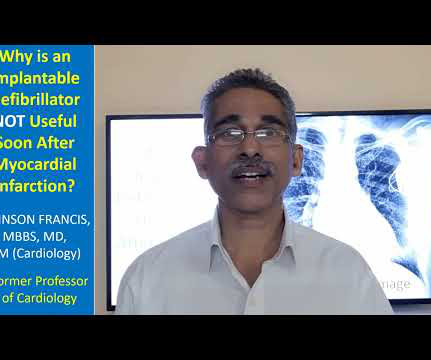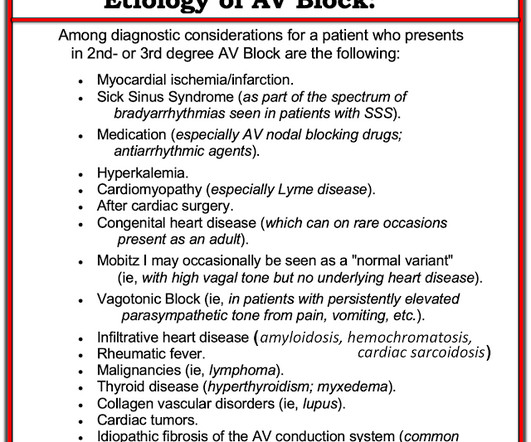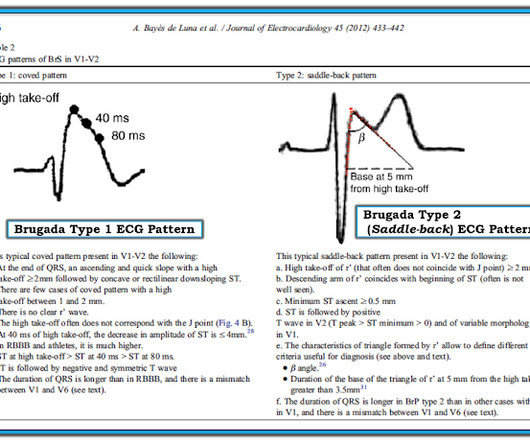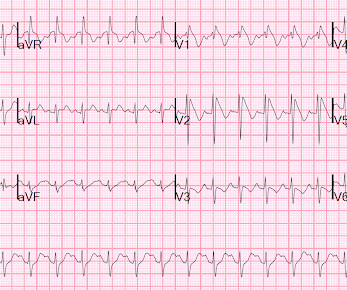Review on Cardiac Implantable Electronic Devices: Key Points
American College of Cardiology
FEBRUARY 6, 2024
The following are key points to remember from a review article on cardiac implantable electronic devices (CIEDs), which include pacemakers for bradycardia, biventricular pacemakers for heart failure, and implantable cardioverter–defibrillators (ICDs) for the treatment of sudden cardiac death:












Let's personalize your content